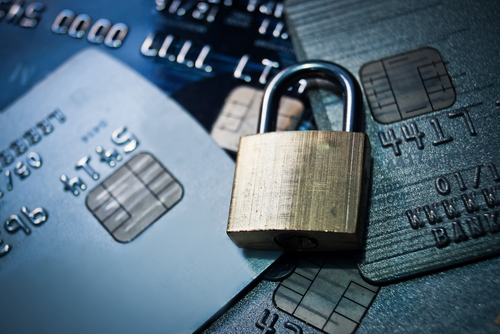
This holiday season, online shoppers aren’t the only ones who will be looking for good opportunities. So will hackers and scammers hoping to steal personal information from unsuspecting shoppers.
An estimated 95 percent of Americans shop online at least once a year. As more Americans shop online, identity theft and fraud have also risen. In 2019, online purchase fraud went up by 29 percent. Last year, 80.5 percent of consumers said they lost some money to online purchase scams.
By taking the below steps, you can make sure you don’t become the next victim of online scammers.
Shop on private networks. As tempting as it may be to slip in some shopping using the free Wi-Fi at your local coffee shop, public networks are an open invitation to hackers to steal your data and sensitive information. If you’re doing anything that involves inputting your credit card or other sensitive information, do it from home, or a secure network you can trust, like your office.
Check the site. If the site begins with ‘https’ that means the site has a secured connection, offering another layer of protection between you and hackers. Some browsers will also identity secure sites with a lock icon. If you have time, Google the site to make sure the retailer is credible and consider checking the Better Business Bureau listings.
Take care what you share. Even if you’re on a credible site, be cautious about what information you share. Avoid saving your financial information on the site. For the same reason, don’t give out other personal information, like your birthday. Even if your connection and devices are secure, hackers could still access your data by attacking the site directly.
Use your credit card. Credit cards have more protections than debit cards, including zero-liability policies on fraudulent purchases. In the worst-case scenario, sticking to credit-card purchases only ensures that cyber thieves will only affect how much credit you have, instead of directly hitting your bank account. Credit cards also have other security features, such as account alerts for suspicious purchases.
Don’t forget the basics. Make sure whatever device you have has anti-malware software installed. Also, back your data up often. That way, if a ransomware attacker seizes your data and demands payment to unlock your files, you’ll have your own copy of the data. If you’re on sites that ask you to create a user profile with a password, create a different password for each one. Don’t use the same password that you do for online banking and other financial transactions.
We know you have your hands full during the holidays. Hopefully, with these tips, you won’t have the added hassle and anxiety of having to also deal with hackers.
Sources included: Experian, Identity Force, Equifax, and PC Magazine.
